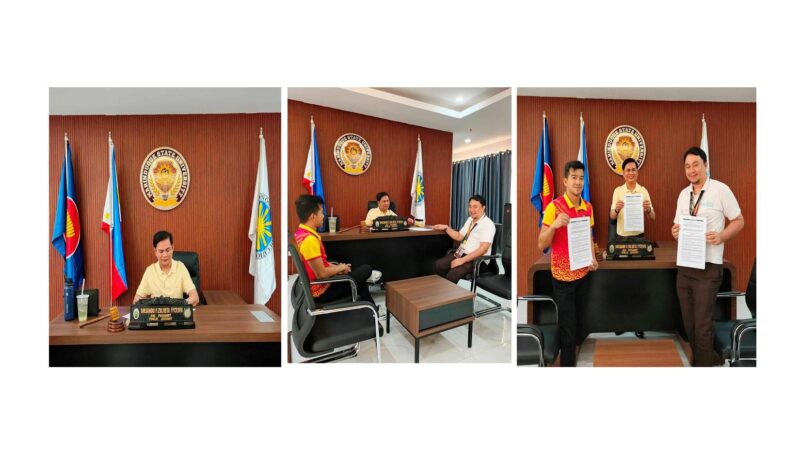City clarifies class suspensions

The city government bases its decision on class suspensions in the Summer Capital on the rainfall forecast of PAGASA (Philippine Atmospheric, Geophysical and Astronomical Services Administration) and not automatically on typhoon signals.
This was disclosed by the City Disaster Risk Reduction Management Office (CDRRMO) under Antonette Anaban during a media forum, May 31, at City Hall conducted by the City Mayor’s Office public information division.
She also heads the secretariat of the CDRRM Council chaired by Mayor Benjamin Magalong that coordinates the tasks and responsibilities of its member agencies and organizations in disaster risk reduction management activities.
“The rule of thumb the city uses on class suspensions is we prioritize the safety of our school children first since due to their young age, they are the most vulnerable to get sick and lack the ability to protect themselves against the elements,” she explained.
Anaban revealed that the Office of the President issued Executive Order No. 66, series of 2012, prescribing rules on the cancellation or suspension of classes and work in government offices due to typhoons, flooding, other weather disturbances and calamities.
It states that “In the absence of typhoon signals from PAGASA, localized cancellation or suspension of classes and work in government offices may be implemented by local chief executives as chairmen of the Local DRRMC concerned in coordination with PAGASA and the National DRRMC specifically in flood-prone or high risk areas.”
The order continued: “Announcements will be made not later than 4:30 AM of the day of the intended cancellation of classes and work, or not later than 11:00 AM for suspension of work and classes in the afternoon session, through diverse mass media, particularly radio and television, landline communications and other technologies for communication within the community or locality.”
During severe weather disturbances, Anaban advised the public to always be prepared and check their surroundings; to assess risks in the household level; to not leave the home for trivial matters; and to unplug all appliances if leaving the house to avoid any secondary hazards. – Gaby B. Keith







